Can “Qianlihaohan” help Geely win the battle of intelligent driving?
![]() 03/05 2025
03/05 2025
![]() 786
786
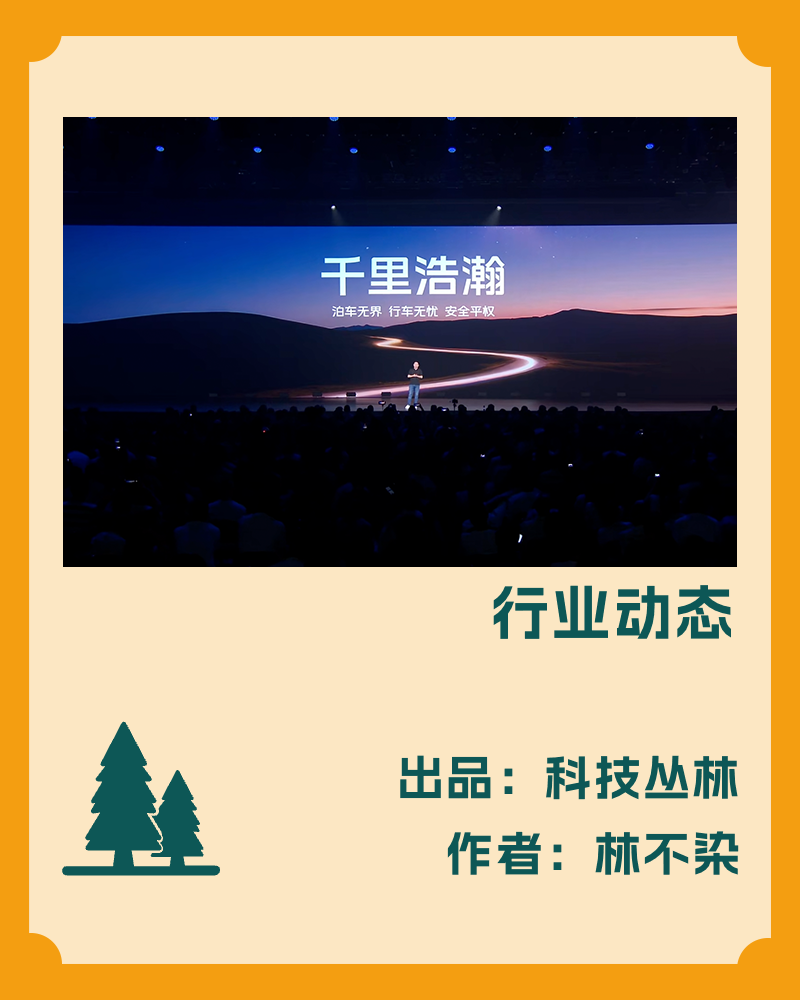
In February this year, BYD released the “Tianshenzhiyan” intelligent driving solution.
Popularize advanced intelligent driving such as NOA for high-speed navigation across BYD's entire lineup of models.
The Seagull, priced at around 70,000 yuan, can also use advanced intelligent driving features.
Now, there is another player in the popularization of advanced intelligent driving: Geely.
On March 3, Geely released its advanced intelligent driving solution “Qianlihaohan”.
01 Why is it called “Qianlihaohan”?
Let's start with the name.
According to Geely's explanation, the “Qianli” in “Qianlihaohan” represents the industry-leading general large model and computing power, while “Haohan” represents Geely's industry-leading intelligent driving capabilities and experience.
It should be noted that this intelligent driving solution originates from the deep technological cooperation between Qianli Technology (formerly Lifan Technology) and Geely.
So from another perspective, there are different interpretations.
“Qianli” refers to Qianli Technology, while “Haohan” refers to Geely Haohan (architecture, intelligent driving).

To achieve good autonomous driving, computing power, algorithms, and data are all indispensable.
And Geely has all of these.
In terms of data, Geely has 7.5 million vehicles equipped with L2 and above auxiliary driving systems, with a cumulative intelligent driving mileage of over 10 billion kilometers.
In terms of computing power, Geely's Xingrui Intelligent Computing Center 2.0 currently has a comprehensive computing power of 23.5 EFLOPS.
In terms of algorithms, Geely's self-developed AI Drive large model improves the efficiency of world model training for intelligent driving by 30 times.
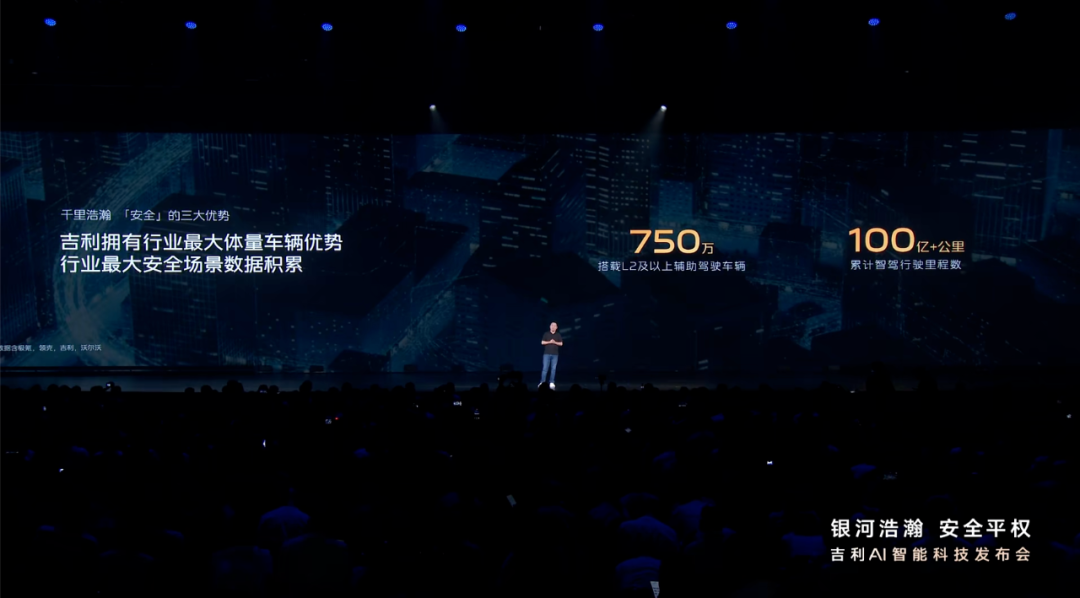
Besides, don't forget about Qianli Technology.
On March 2, Qianli Technology, Geely, Chongqing Maichi, Lotus, and others jointly signed the "Vehicle BU Investment Framework Agreement" to establish a joint venture (Chongqing Qianli Intelligent Driving Co., Ltd.) engaged in intelligent driving business.
Both parties have injected high-quality assets and resources related to intelligent driving R&D technology, data, personnel, etc., and provided relevant business support.
Qianli Technology stated: “Qianli Intelligent Driving will integrate the advantages of all parties in intelligent driving technology, R&D resources, funds, and industrial resources to exert greater synergies, improve R&D efficiency, and reduce R&D costs.”
02 “Qianlihaohan” Solutions
At this stage, “Qianlihaohan” has five sets of solutions.
Qianlihaohan H1
Qianlihaohan H3
Qianlihaohan H5
Qianlihaohan H7
Qianlihaohan H9
The differences between the solutions lie in sensor hardware configuration and software capabilities.

Qianlihaohan H1: 10V5R, capable of high-speed NOA and automatic parking APA.
Qianlihaohan H3: 11V3R, capable of city commuting NOA (essentially memory-based navigation), high-speed NOA, and memory parking, with capabilities comparable to BYD's Tianshenzhiyan C.
Qianlihaohan H5: 11V3R1L, capable of full-scene D2D (based on E2E end-to-end implementation), city NOA without maps, high-speed NOA, and memory parking HPA.
Qianlihaohan H7: 11V3R1L, capable of full-scene D2D (based on E2E + MLM + digital precognition network), city NOA without maps, high-speed NOA, and valet parking VPD.
Qianlihaohan H9: 13V5R (X) L, the top-tier intelligent driving solution, featuring fully redundant and fully backed-up top-tier L3 architecture, dual Thor chips, and computing power exceeding 1,000 TOPS (possibly two Thor-U chips), capable of full-scene D2D (VLA + digital precognition network), city NOA without maps, high-speed NOA, and valet parking VPD.
There is a strict hierarchy among the solutions.
However, even the entry-level “Qianlihaohan H1” has a computing power of over 100 TOPS, and the entire Qianlihaohan series supports high-speed NOA and automatic parking.
Currently, there are still a bit too many solutions, perhaps they will be further reduced with technological progress, from 5 to 3, similar to BYD's “Tianshenzhiyan”.
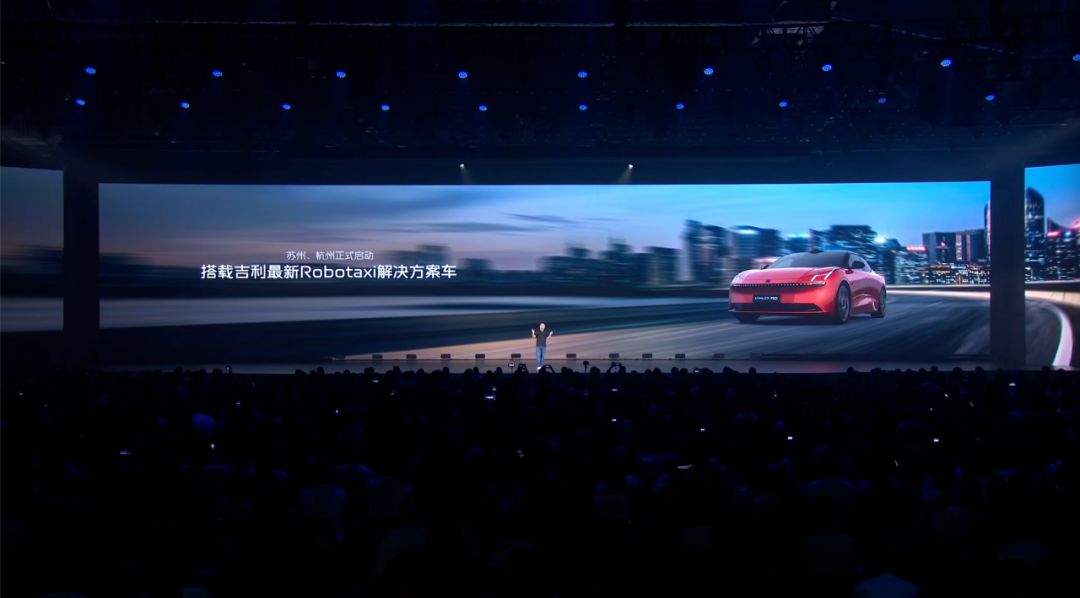
In the higher-dimension Robotaxi field, Geely's Cao Cao Mobility has launched Robotaxi operation pilots in Suzhou and Hangzhou, equipped with Geely's latest Robotaxi solution.
Cao Cao Mobility CEO Gong Xin revealed that Cao Cao Intelligent Mobility plans to launch a fully customized Robotaxi model in 2026 that balances cost and experience, with an estimated manufacturing cost significantly lower than similar models in the industry.
03 Popularizing Advanced Intelligent Driving
Similar to BYD's “Tianshenzhiyan”, Qianlihaohan will cover Geely's entire lineup of models of different price ranges.
Shared across the entire group.
That is to say, both the Geely Auto Group and the Zeekr Technology Group will use it.
For the Geely Auto Group, Geely Yinhe's new and upgraded products will all be equipped with Qianlihaohan intelligent driving solutions of different levels; Geely China Star will also gradually be equipped with Qianlihaohan.
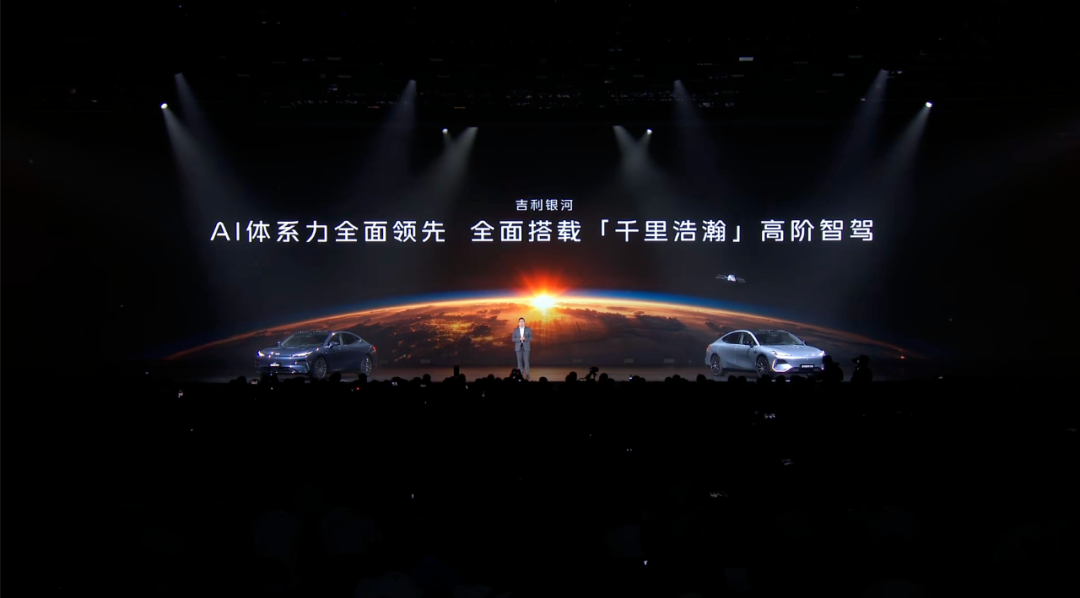
For the Zeekr Technology Group, Zeekr and Lynk & Co. will naturally also be equipped with supporting solutions.
If classified according to the existing solutions, Zeekr's current solution should be H5 or H7.
Next, the upcoming Lynk & Co. 900 should be equipped with Qianlihaohan H7, featuring a single Thor chip.
The revised Zeekr models in the second half of the year should also adopt the Qianlihaohan H7 solution.
As for the Zeekr models equipped with the Qianlihaohan H9 solution, they should be unveiled during the Shanghai Auto Show in April and are expected to have mass production vehicle delivery capability by the end of the year.
03 How to View It?
Before discussing this, we must first mention the “Taizhou Declaration”.
The Taizhou Declaration mentions that Geely needs to sort out its business segments, clarify positions and goals, optimize industrial layout, promote internal resource integration and fusion, clarify brand positioning and equity relations, and improve resource utilization efficiency.
At the brand level, strategic integration has already begun.
Zeekr and Lynk & Co.: Integrated into the Zeekr Technology Group, aiming to hit the annual sales target of one million units within two years.
Geely Yinhe: Upgraded to a brand, integrating Geely Geometry and Yizhen Automobile, with a product matrix covering the full range of new energy markets including sedans, SUVs, MPVs, and rugged off-road vehicles, aiming to hit the annual sales target of one million units this year.
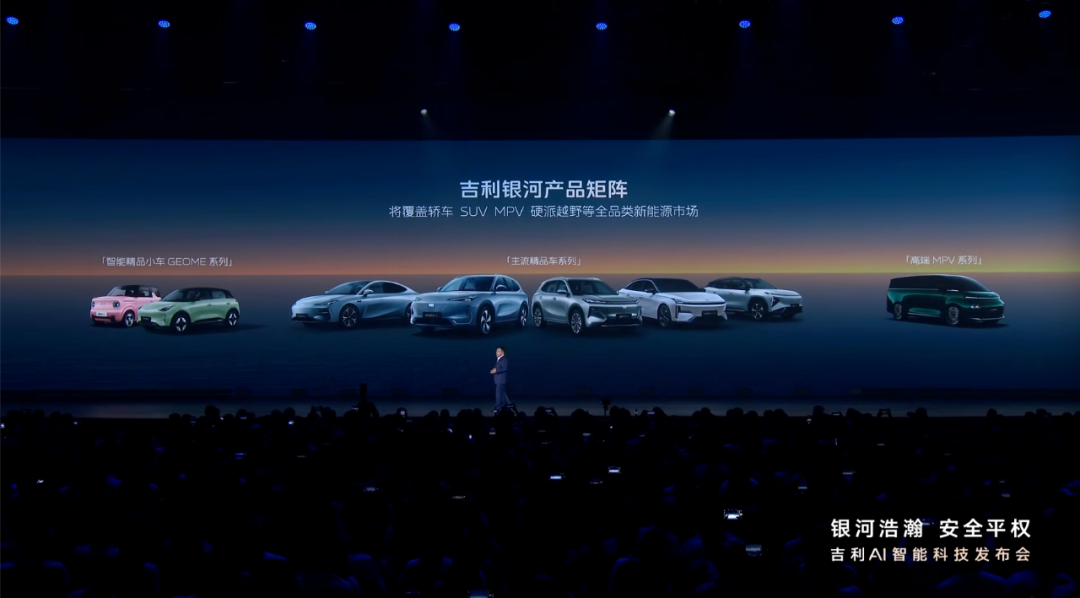
Now we see that the Qianlihaohan intelligent driving solution is the integration at the technical level.
The entire group (Geely Holdings + Zeekr Technology) shares a set of intelligent driving infrastructure.
“The entire group centrally manages the procurement of lidar and chips, conducts layered software development, shares basic algorithms across the group, and each brand develops its own personalized functions.”
(Aside, I still hope to see the entire group achieve integration at the cabin level, sharing a set of FlymeAuto cabin solutions, so Zeekr doesn't need to reinvent the wheel.)
Although Geely Qianlihaohan has positioned itself very high in public opinion – “the first tier of the industry in intelligent driving”.
However, judging from the rollout speed and actual performance of Zeekr's advanced intelligent driving functions, the overall performance is average.
There is still a gap compared to Huawei, XPeng, and Lixiang.
So, we still need to observe further.
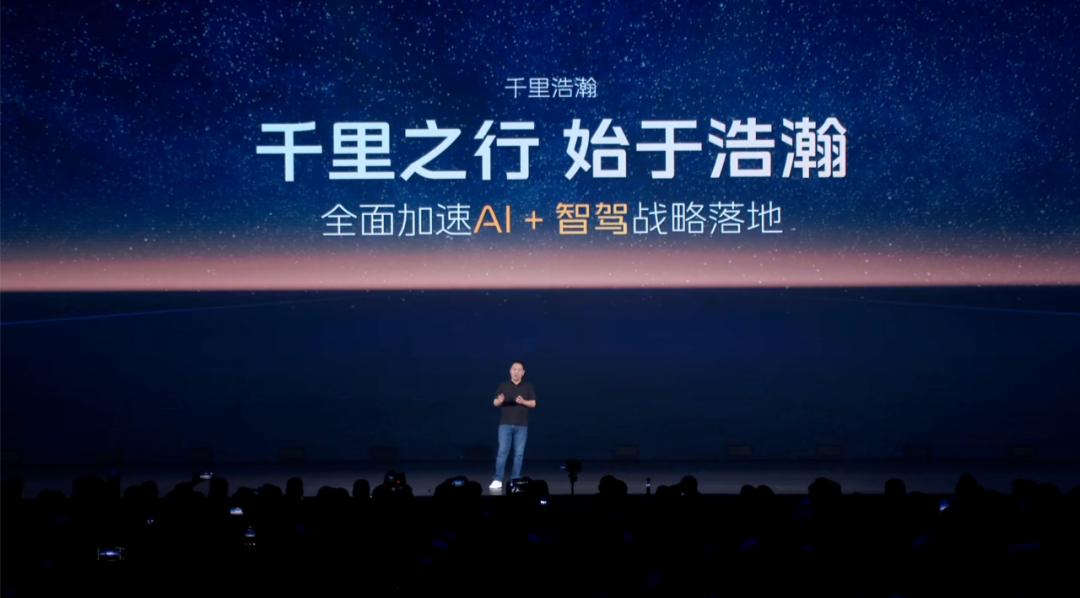
But no matter what, for Geely, this time, unifying the intelligent driving base at the entire “Grand Geely” level allows them to concentrate resources to better develop intelligent driving.
At the same time, the comprehensive adoption of advanced intelligent driving will further enhance the market competitiveness of Geely's models, thereby driving sales growth.
From an industry perspective, with Geely's participation, the popularization process of advanced intelligent driving will be further accelerated.
We have always said that “the first half of the new energy vehicle era is electrification, and the second half is intellectualization”, but many people only took it as a slogan.
However, the rapid popularization of advanced intelligent driving in 2025 far exceeded many people's expectations.
But those automakers with forward-looking vision have already conducted strategic layouts in advance.
Therefore, this seems to be a sudden outbreak, but it is actually a qualitative change after years of quantitative changes.
In this life-and-death elimination race, some will seize new technological opportunities and more market share, while others can only swallow the bitter fruit of technological disparity and leave the stage in disappointment.
To be, or not to be, that is a question.
End.







